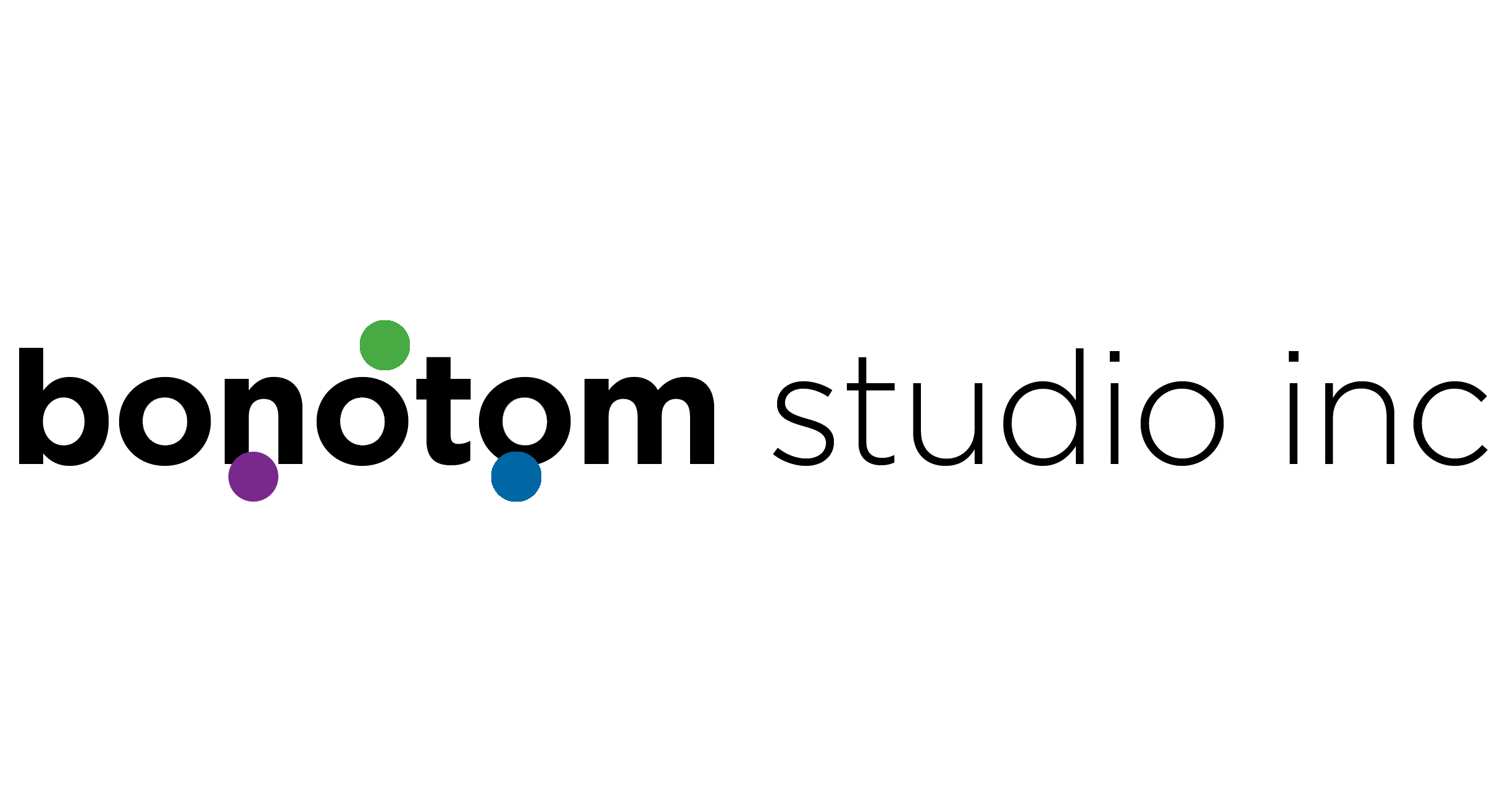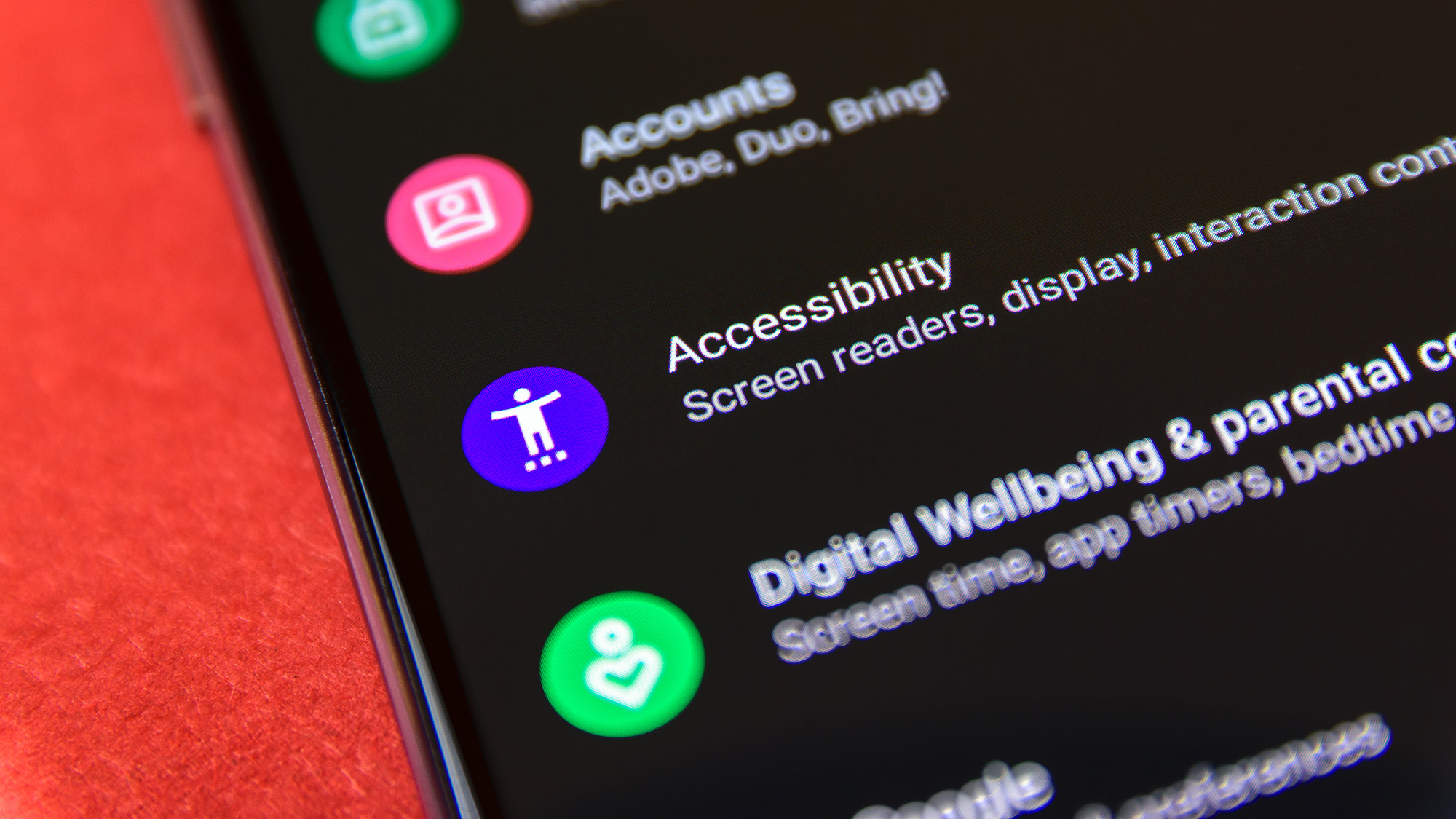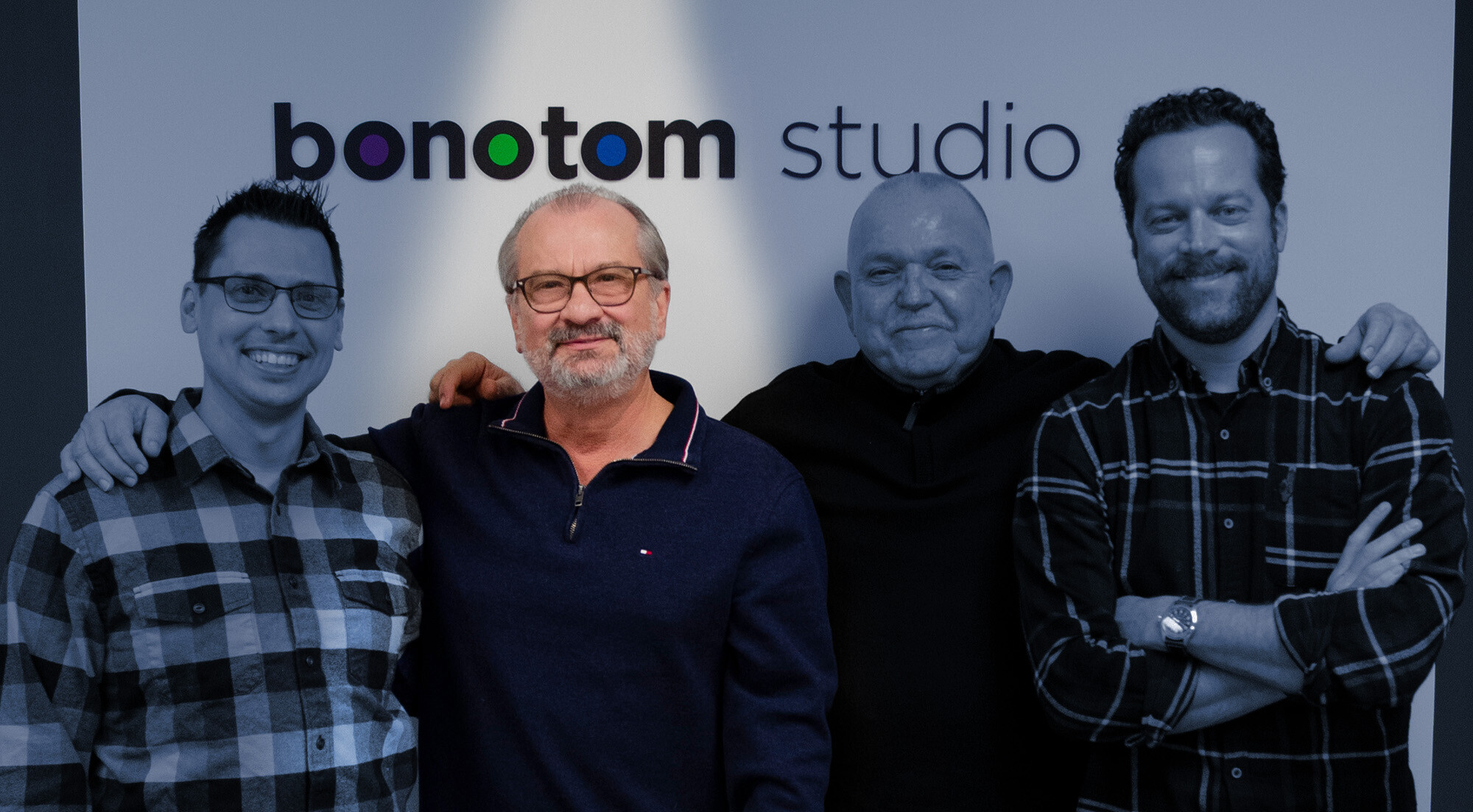10 Things to Know Before Using ChatGPT for Publication Content
Should your association use ChatGPT for publication content? Recently, Bonotom Studio attended the AMPLIFY Conference presented by SIIA’s AM&P Network in Washington, D.C. There, like many places throughout the world, ChatGPT was a topic of discussion. Read on to hear 10 details about how the tool is being used to support content creation.
1. Associations Are On Board with ChatGPT—To a Point
At the AMPLIFY Conference, we learned that most associations are planning to use AI-powered tools. “The general consensus is that ChatGPT is a good resource for generating ideas and can sometimes be a good jumping-off point when writing content, but that ultimately it needs to be improved upon by a person to make it great content.
2. ChatGPT Isn’t Generating Anything Original
As the first AI editor at the Financial Times, Madhumita Murgia warns that, while convenient for research, ChatGPT isn’t capable of innovating—yet. In a Reuters interview she says, “Based on where it is today, it’s not original. It’s not breaking anything new. It’s based on existing information. And it doesn’t have that analytic capability or the voice.”
3. But It Can Rephrase and Generate Different Versions
ChatGPT isn’t just for writing articles and blog posts. You can prompt the tool to use your text for various formats. It can ideate headlines, write social posts for you, and create meta-descriptions for web pages. The tool can even change your tone of voice to adapt for different platforms and channels.
4. ChatGPT Can Help Plan Your Article
Ask ChatGPT to summarize a topic for you and you can get a “mental map” outline. This can help you organize your ideas and create an outline before you start a longer piece of content, like an article or blog post. Prompt, “Create a mental map of a comprehensive article about…” and be amazed at the output.
5. Or Use It To Simplify Your Content
The International Center for Journalists touts the benefits of using ChatGPT to make complex ideas easier for an audience to understand. The chatbot can also be used as a resource for simplifying written content for non-native English speakers. The Center does caution that journalists should beware the pitfalls of relying on ChatGPT too much, though.
6. Explore Some Association-Specific Uses
There are some innovative ways to put ChatGPT to work for your association. You can program it to compile member benefits, segment resources for different audiences, or analyze your member data. It can also highlight upcoming events and even provide information on the schedule, speakers, and accommodations.
7. ChatGPT Can Proofread Your Content
Instead of outsourcing a proofreader, you could use ChatGPT. But proceed with caution: proofreading is one thing, but fact-checking is another. The tool can be completely wrong about important facts since it pulls information from the entirety of the internet. The lesson? Make sure a real person is confirming any content being represented as factual.
8. It Can Even Automate Repetitive Tasks
ChatGPT can be programmed to perform repetitive tasks, which allows staff to spend time on more complex work. For example, if you have to create a table of contents for each issue of your publication, you can use the tool to do this for you. It can even create a short introduction for your feature articles. Just be sure to edit for accuracy!
9. ChatGPT Shouldn’t Be Listed As an Author
Although it can find data in seconds and chat it back to you, ChatGPT is still only a tool to be used, not an author. The Journal of the American Medical Association, which is one of the largest publishers of scholarly articles in the country, confirms this stance. Its editor-in-chief, Kirsten Bibbins-Domingo, says “Only humans can talk about their conflicts of interest [and look through citations.] So our position is only humans can be authors.”
10. But It Can Be Listed As a Reference Citation
As of April 2023, the APA Style Guide has adapted to include information on ChatGPT. The organization’s guide describes how to quote text generated by the tool as well as how to cite ChatGPT as a reference.
The Bottom Line
Generative AI tools like ChatGPT can provide assistance and create great impact for your organization. But it’s far from perfect! Don’t be fooled by the chatbot’s confident presentation of “facts”—some of which can be unvetted and downright untrue. Human interaction is still necessary to vet and edit the content it generates. Not to mention that no AI resource has the institutional knowledge that your staff does. Anything you publish reflects on your association, so proceed with caution.
stock.adobe.com / iridescentstreet
To learn more about how we can help to elevate your publication, contact us:




